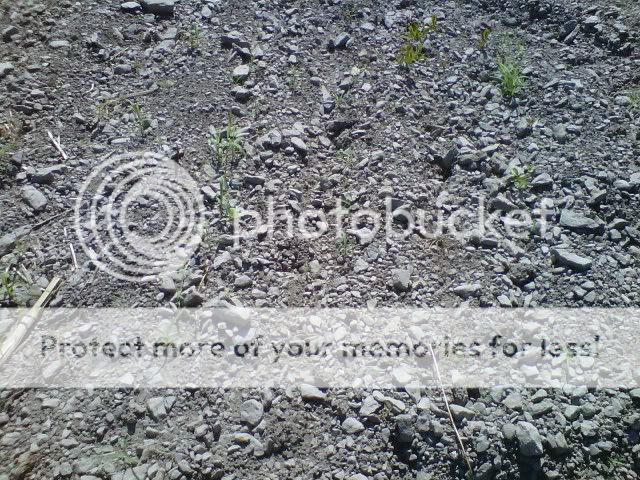Dieselrider
Member
on Thursday and this guy was the main speaker there. Ray Archuleta. Here is his message on You tube if you want to see it. http://www.youtube.com/watch?v=-O5xKgITeV0 There are three parts and I wish he spoke more about the results some farmers are seeing.
There are (according to Ray) several farmers using no till and and getting 190- 200 bu/ acre corn without any fertilizers and very little spraying. One of those guys is in North Dakota where they have a pretty short corn growing season. You may not agree with him but, some of what he says makes a lot of sense. I am not sure just how I can incorporate no till on a couple acres of vegetable garden. I see some doing it on a few square feet but how on two acres? What are you folks doing?
No tilled soil
There are (according to Ray) several farmers using no till and and getting 190- 200 bu/ acre corn without any fertilizers and very little spraying. One of those guys is in North Dakota where they have a pretty short corn growing season. You may not agree with him but, some of what he says makes a lot of sense. I am not sure just how I can incorporate no till on a couple acres of vegetable garden. I see some doing it on a few square feet but how on two acres? What are you folks doing?
No tilled soil


